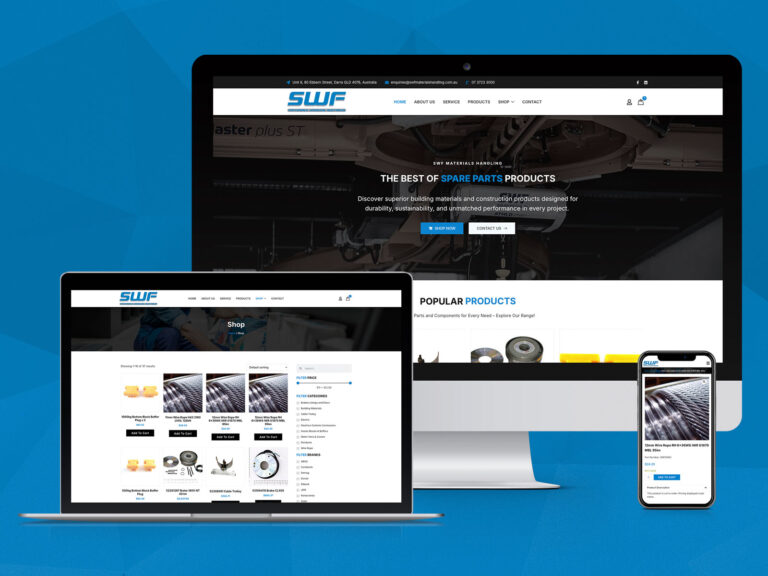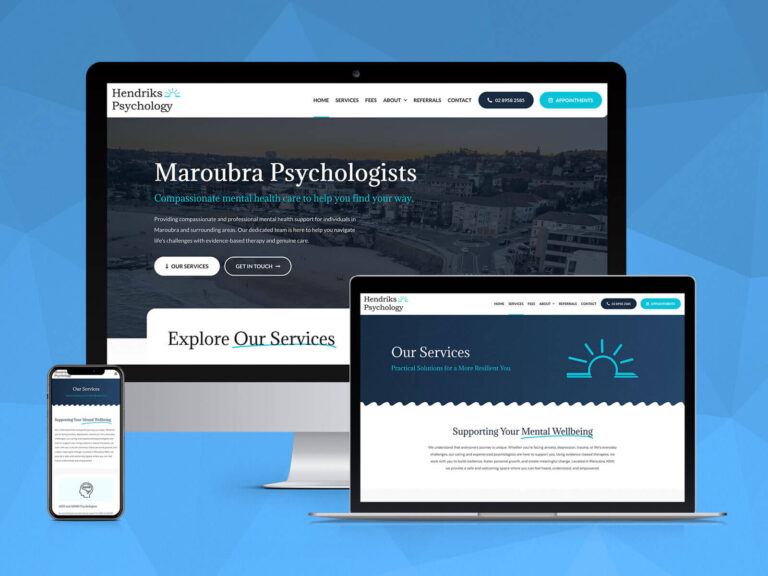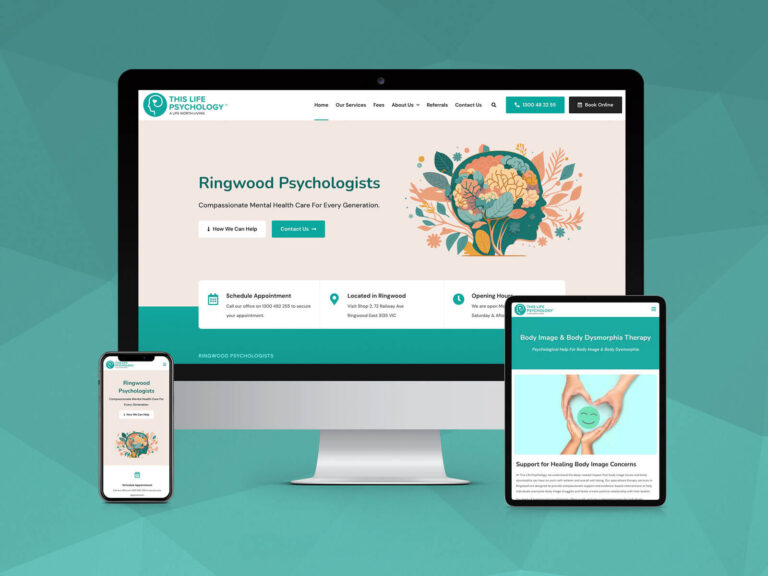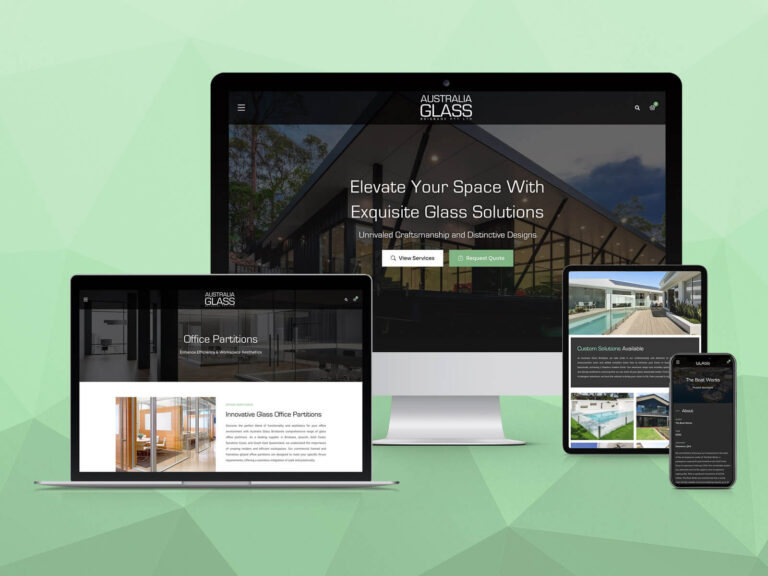An E-Commerce site starts with a great product, but a powerful site supports its customers through every step of the way by creating a positive, effortless user experience.
When designing a functinal and attractive E-Commerce site, our Brisbane web designers ensure we meet the 6 steps for conversions. From trust and security, to functionality and branding; our 6 rules for every E-Commerce site can help make your site a more pleasurable experience for your customers.
6 Steps For Designing E-Commerce Sites That Convert
1. Present a Professional, High Value Experience
Highlighting the value of an E-Commerce website is an essential part of turning casual browsers into paying customers. Whether it’s first time or returning users, each visitor forms an opinion of your site and brand in less than three seconds.
Value comes in all shapes, sizes and offers. From sale headlines to the fonts and colours used throughout your template; a website that takes pride in it’s presentation is a business that’s serious and of high value. Remember to also highlight key features of your business such as free shipping. discounts and even referral programs with attractive call-to-action methods.
2. Simple Navigation
Don’t think navigation is important? Think again. Did you know that studies have shown 94% of a user’s first impressions have to do with visual appeal and navigation?
Having an intuitive navigation will feel second nature to your visitors. KISS – Keep It Simple Stupid, is the most important thing to remember when designing a navigation menu for E-Commerce websites. There is no need to offer an overwhelming number of options, just keep in mind that the goal is to reduce the number of clicks it takes a user to get where they want to go (yes we are a lazy generation).
When constructing your navigation menu, consider which pages are most important to both you and your visitors, and make sure those are featured prominently.
3. Let Me Search
E-Commerce sites have two types of visitors: those who know exactly what they want and those who don’t.
For those who do, you need to incorporate an effortless search experience. After all, they’re wanting to get to the specific product as quickly as possible. If your E-Commerce site has a large product offering, highlighting the search bar can effectively draw a potential buyer to the end goal: a purchase.
4. Streamline the checkout process
E-Commerce is plagued with shopping cart abandonment. Though many different factors might lead to this, sites can benefit from keeping the checkout process as painless as possible.
Lower the risk of shopping cart abandonment by following a few simple rules:
- Remove distractions from the checkout pages.
- Remember to keep a clean layout that keeps the focus on the checkout task at hand.
- Split things into multiple steps – don’t overwhelm with too much information.
- Let shoppers check out as guests rather than forcing them to register.
- If your site uses a multi-step checkout procedure, add labels to the process (e.g., “Step 1 of 3”) or provide a visual map that shows how far through the checkout process they are.
5. Reinforce a Trustworthy Environment
Any successful E-Commerce site has customers returning again and again. While pricing and service comes into play, it’s the added value of trust that allows customers to feel comfortable buying online.
In fact, considering cybercrime accounts for up to $400 billion of financial loss around the world, shoppers have never been more cautious when purchasing online.
Including trust indicators throughout your E-Commerce website will help combat fears of scams and malware. A few great features to include are:
- Positive feedback and testimonials from other buyers.
- Press releases and mentions of your business in the media.
- Advertise secure checkout branding (PayPal, Stripe etc.)
- Let customers know their transactions are safe.
- Numbers that show how many successful transactions have been made.
- Product reviews and ratings to show your business is honest.
6. Keep it Personal
Personal touches go a long way with in-store shoppers and in today’s day and age, shoppers crave and expect the same personalisation when buying online.
More brands than ever are now offering personalised messaging and offers and this little trick can see customers coming back for more purchases. To get the best results try using different personalisation methods. Some of the most successful options include:
- Recommendations that could enhance the usefulness of items in the shopping cart.
- Product recommendations based on previous purchases and searches.
- Personalised emails with exclusive deals and offers.
OnePoint Software Solutions specialise in custom E-Commerce development for all industries. Shopify, Bigcommerce, WooCommerce, Magento, custom PHP E-Commerce and more; our Brisbane website designers can assist. Contact a OnePoint team member today on 07 3444 0045 or shoot through an online enquiry and we’ll be in touch!





